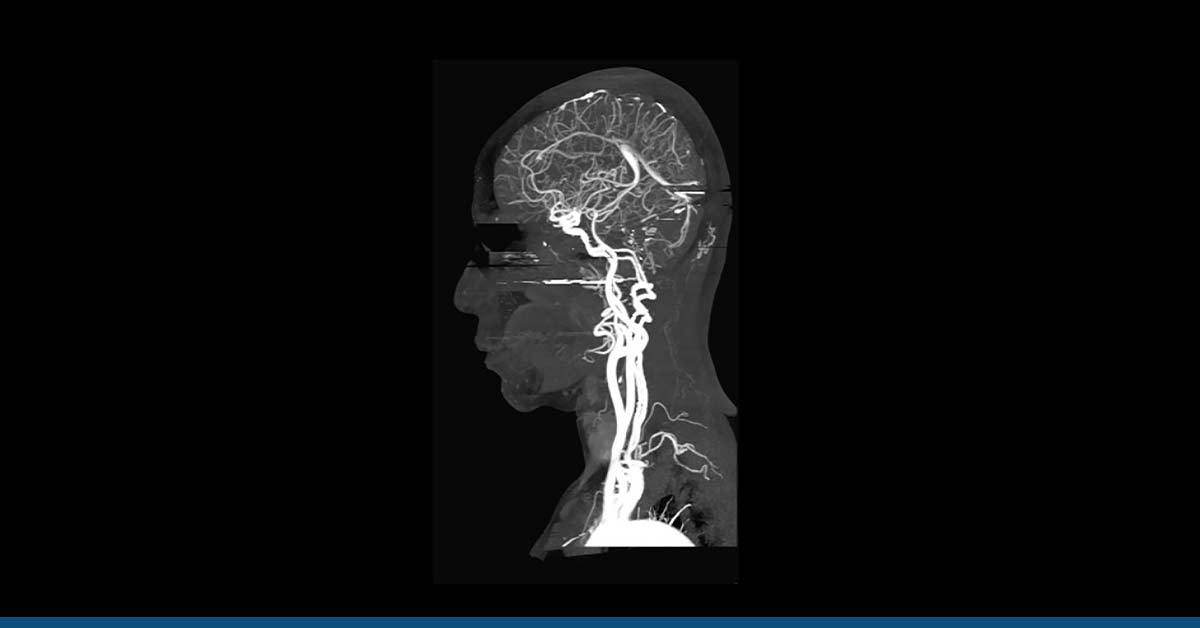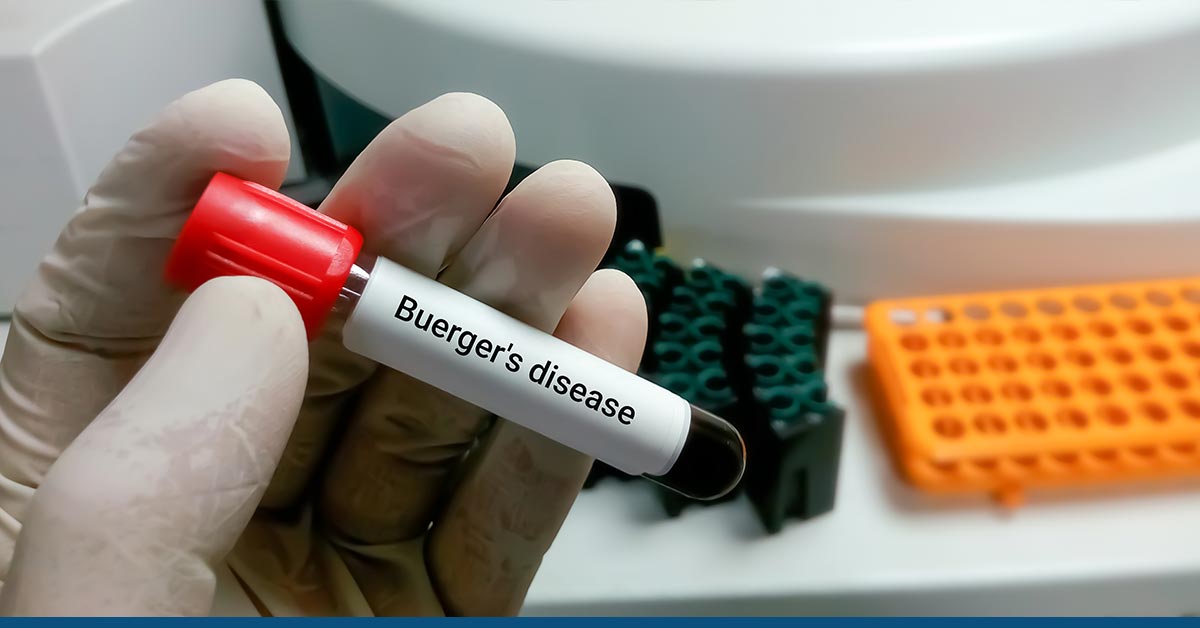Table of Contents
ToggleLower Extremity Arterial Disease: An Overview
Lower extremity arterial disease (LEAD) occurs when chemicals (called plaque) accumulate in the blood and clogs the leg artery.
This is a dangerous problem since poor blood flow can cause persistent limb pain, open sores, and, in more advanced cases, amputation. 12% to 20% of Americans aged 60 and older have arterial insufficiency of the lower extremity, also known as Peripheral Arterial Disease (PAD).
The five main risk factors for LEAD are high cholesterol, high blood pressure, diabetes mellitus, chronic renal disease, and smoking; having three or more of these conditions increases the risk of LEAD by ten times.
Angiotensin-converting enzyme inhibitors or angiotensin receptor blockers, statins, antiplatelet therapy, and other secondary prevention drugs are used to treat lower extremity arterial disease.
Lifestyle changes, such as quitting smoking and receiving supervised exercise therapy, are also part of the treatment. Patients with claudication (muscle pain due to lack of oxygen) that limit their quality of life and who do not respond well to the remedies above should consider surgical revascularization.
Patients with acute or life-threatening limb ischemia should immediately be referred to a vascular surgeon.
Lower Extremity Arterial Disease: Signs & Symptoms
In most cases, arterial insufficiency of the lower extremity only affects one leg. Leg pain, or intermittent claudication, is the most prevalent and obvious sign of lower limb arterial disease after a brief walk.
The walk distance varies for each person but is pretty close.
Insufficient oxygen and blood supply to a leg muscle during exercise is the cause of the pain. Every time you walk, the pain usually starts in the same part of the leg, usually in the calf, and subsides after a few periods of rest.
The pain usually returns at roughly the same distance walked when you start walking again. Call your doctor if you get this kind of discomfort in your leg.
Open sores on the legs or feet indicate that someone has lower limb artery disease. They can occasionally result from a little cut or scratch. Dry, cracked skin in the legs can result from poor circulation. Small cuts and damaged skin do not get enough blood flow to heal correctly, which allows germs to enter and lead to an infection.
The tissue may perish if an infection spreads to a sore and is not treated. Leg tissue cannot receive enough blood and oxygen due to a clogged artery, which results in the condition known as gangrene.
If surgical intervention and medication are ineffective at restoring blood flow, a leg with severe gangrene (necrosis) may need to be amputated. Pus (a fluid that accumulates at the site of infection), skin discoloration, and an unpleasant stench are all indicators of gangrene.
The capacity to walk easily and the possibility of saving a leg can be improved with prompt treatment of lower extremity artery disease.
Lower Extremity Arterial Disease: Prevention
You may prevent arterial insufficiency of the lower extremity by following these precautionary steps:
- Get enough exercise to lessen the effects of LEAD or to avoid it.
- Avoid using tobacco because smoking raises the risk of LEAD and exacerbates its symptoms.
- Manage diabetes, high blood cholesterol, and high blood pressure.
- Participating in supervised fitness training programs can help you walk farther and longer if you have LEAD.
Lower Extremity Arterial Disease: Diagnosis
A noninvasive test called an ankle-brachial index (ABI), which measures blood pressure in the ankles and compares it to blood pressure in the arms both at rest and after exercise, may be performed by your doctor if you exhibit signs of LEAD.
Additionally, your doctor can order imaging tests like an ultrasound, a CT angiography, or a magnetic resonance angiography (MRA).
Lower Extremity Arterial Disease: Diagnostic Tests
Your doctor may tell you to get the following tests done after examining you:
Arterial Doppler Ultrasound
Doppler ultrasounds provide images that show the blood flow in the arteries of the legs. This examination finds and assesses any obstructions brought on by plaque accumulation.
During the ultrasound, the physician applies a small device to your skin called a transducer to transmit sound waves that produce images of the blood arteries in the leg on a monitor.
The process is painless and might last between 30 and 60 minutes.
Following that, you can resume your usual activities.
Blood Pressure Readings
Your doctor might check your blood pressure in your foot, calf, and thigh. Low blood pressure may indicate poor blood flow and arterial occlusion.
CT Scans
Several views of internal body structures are captured using X-ray technology during a CT scan. You might receive an intravenous (IV) dosage of a contrast substance before the scan.
This fluid flows through the blood vessels and makes any blockages in the arteries in the legs visible. It usually takes 10-15 minutes to perform this easy exam.
Angiogram
X-rays are utilized in an angiography to identify whether plaque has clogged the blood arteries. A small skin incision near the groin is made during this procedure, which calls for a local anesthetic to introduce a catheter—a thin tube—into an artery.
The physician places the catheter on the part of the leg that needs to be studied and injects a dye that will make any narrow, swollen, or obstructed blood vessels stand out on a series of X-rays. Depending on the findings, the process may take less than an hour or as long as several hours. You might feel some pressure when the catheter is put in.
Lower Extremity Arterial Disease: Risk Factors
Smoking, being overweight and having a bad diet are frequently linked to lower extremity artery disease. Atherosclerosis can occur in people with high cholesterol levels due to genetic predispositions or a high-fat diet.
A sedentary lifestyle also raises the risk since prolonged standing or sitting can cause blood flow to slow down. It has been demonstrated that regular exercise enhances arterial health and blood flow.
High blood pressure, often known as hypertension, is another risk factor. Arterial walls are harmed by high blood pressure, which increases their susceptibility to blockages and constriction.
Lower Extremity Arterial Disease: Treatment
The following are the aims of therapy for peripheral artery disease:
- Control symptoms, such as leg pain, to make the activity more bearable.
- To lower the risk of heart attack and stroke and improve arterial health.
Medication
The following medicines may be prescribed to the patients of LEAD:
1. Cholesterol Drugs
Peripheral artery disease patients frequently receive statin prescriptions—Statins aid in lowering bad cholesterol and preventing arterial plaque buildup.
The medications also reduce the risk of stroke and heart attacks. Ask your doctor what your cholesterol levels should be if you have LEAD.
2. Blood Pressure Drugs
Uncontrolled hypertension can harden and stiffen the arteries. This may slow the blood flow. By speaking with your doctor, find out which blood pressure target is ideal for you.
Your doctor can recommend drugs to lower your blood pressure if it is high.
3. Blood Sugar Regulation Medicines
Controlling your blood sugar becomes much more crucial if you have diabetes. Discuss your blood sugar goals and how to achieve them with your healthcare practitioner.
4. Anti-clotting Medicines
Reduced blood flow to the limbs is connected to peripheral artery disease. Thus, medications may be administered to increase blood flow. To prevent blood clotting, aspirin or another drug, such as clopidogrel (Plavix), may be taken.
5. Painkillers
The medication cilostazol makes blood vessels wider and thinner, resulting in increased blood flow. Patients with peripheral artery disease use this medication to be specifically helped with their leg pain. Headaches and diarrhea are frequent negative effects of this drug.
The medicine pentoxifylline is an alternative. Although this medicine rarely causes side effects, it generally doesn’t function as effectively as cilostazol.
Surgery
In some cases, surgery becomes necessary.
1. Angioplasty & Stent Placement
This treatment is used to unclog blocked arteries leading to arterial insufficiency of the lower extremity. It can simultaneously diagnose and treat a clogged vessel.
The healthcare provider steers a thin, flexible tube (catheter) to the constricted area of the artery. A small balloon is inflated to open the narrowed artery and increase blood flow. A tiny wire mesh tube (stent) may be inserted to keep the artery open.
2. Bypass Surgery
Using a healthy blood vessel from another area of the body or a synthetic one, the surgeon cuts around the blocked artery to make way.
3. Thrombolytic Therapy
A clot-dissolving medication may be injected directly into the afflicted artery if a blood clot obstructs it.
Conclusion
Through robust lifestyle changes, you can prevent and treat lower extremity arterial disease risk factors like hypertension, hypercholesterolemia, and smoking.
Consume a balanced nutritious diet to fuel your body with the resources it needs to function well and quit smoking. Stay active and do cardio exercises for at least 20-30 minutes daily.
If you are interested in preventative care for heart health, HG Analytics can put your health worries to rest by providing top-notch screening tests and identifying any ailments you may have.
All of the healthcare professionals at HGA’s primary care team hold medical certifications. We can assist you in finding and comprehending any medical problems you might be worried about.
To set up a consultation, please fill out the form.





